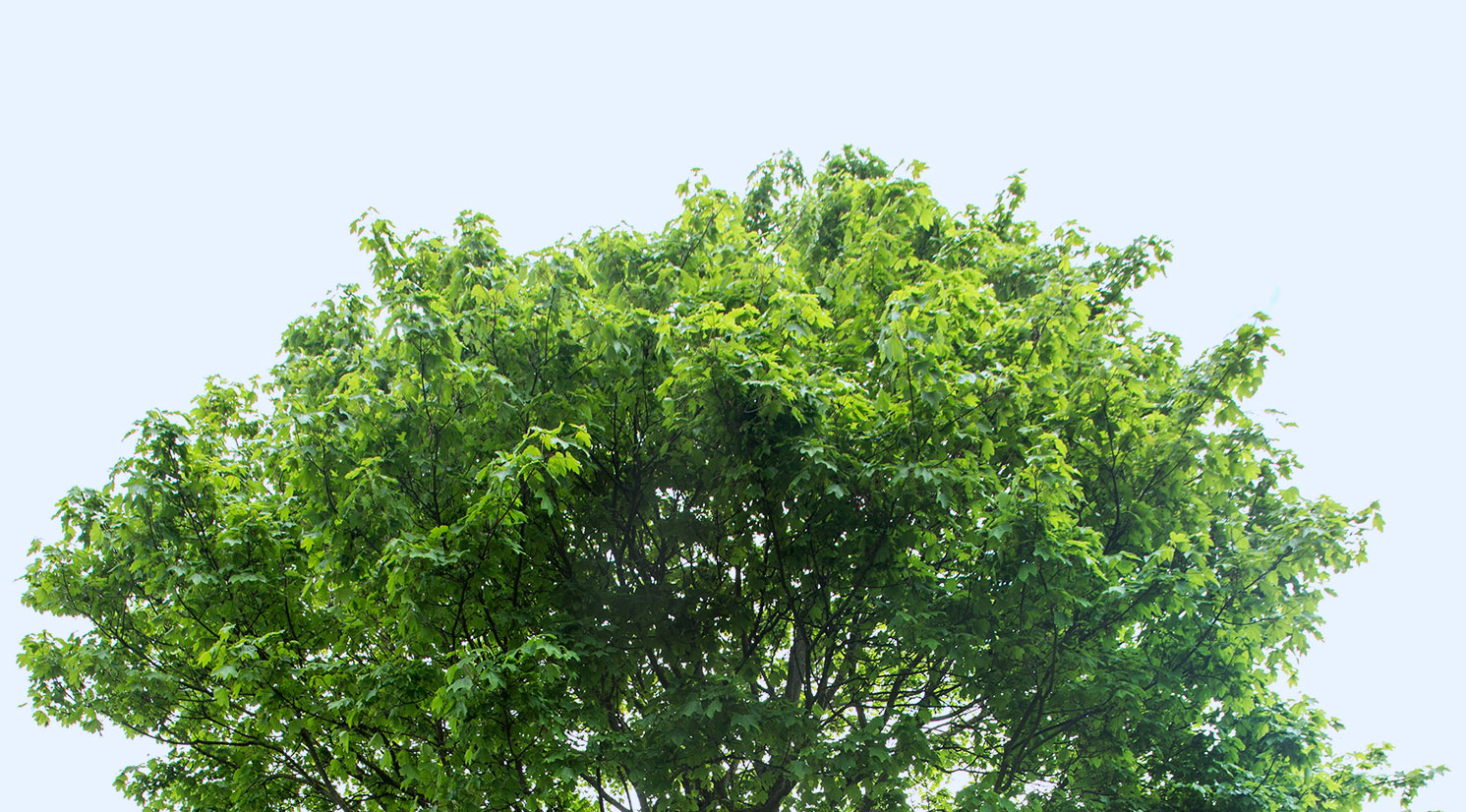Written by Greg Payton, Director of Living Collections
Every fall, I get a lot of concerned callers asking why their pines (or other conifers) are losing so many needles- mostly in the middle. Is it dying? In short- most likely not, just conifer needle shedding.
Everyone expects their maples, oaks and other deciduous trees (trees that shed leaves annually) to change color and drop their foliage in the fall. Not everyone expects to see conifer needles drop in the fall, but they often do! The timing and number of needles dropped varies by species. For example, White pines (Pinus strobus) show the most dramatic needle drop change. Most conifers start shedding old needles in late summer and continue into the autumn. Others shed needles primarily during the spring and summer.
Not all of them drop at once though. Evergreen trees keep their newest needles (produced this spring) as well as their 2nd and often the 3rd year needles as well. The needles that are dropping are in the interior and are the oldest. These shed toward the center of the tree and less likely to be noticed until you see the carpet of fresh needle mulch underneath the tree.
Conifers drop their needles to conserve energy for surviving the winter. All living tissue on trees require stored sugars and water to survive during cold. Also, as the trees grow these oldest needles are often shaded by newer growth on the outer portions and not able to photosynthesize efficiently. The tree sheds these “useless” needles to save energy.
Some conifer species are fully deciduous and shed all of their foliage every fall. Dawn redwood (Metasequoia glyptostroboides), bald-cypress (Taxodium spp.) and larch (Larix spp.) are a few examples. Many of these kinds of trees have mistakenly been cut down by industrious new homeowners discovering them “dead” in the winter.
If other areas of your conifer tree are turning yellow, then it's time to get advice from your local Extension office, an ISA certified arborist or The Dawes Arboretum Plant Clinic.
To find a certified arborist near you, the International Society of Arboriculture website has a find an Arborist page.
The Dawes Arboretum Plant Clinic can assist with many questions by telephone (1-800-44 DAWES) and images can be emailed to plantclinic@dawesarb.org. Plant samples sealed in plastic bags can also be left for our Plant Clinic.

